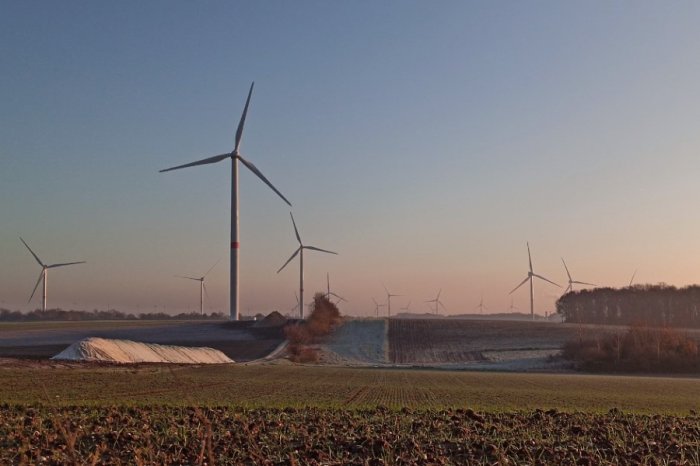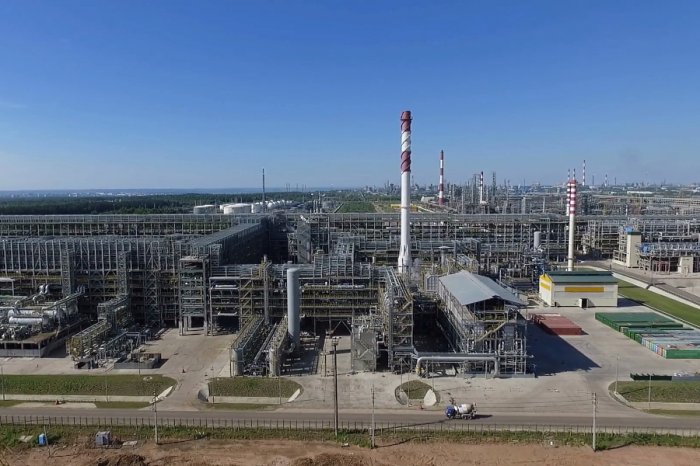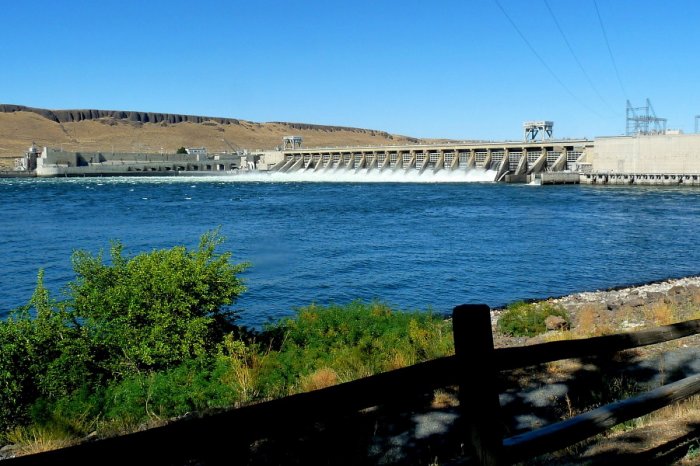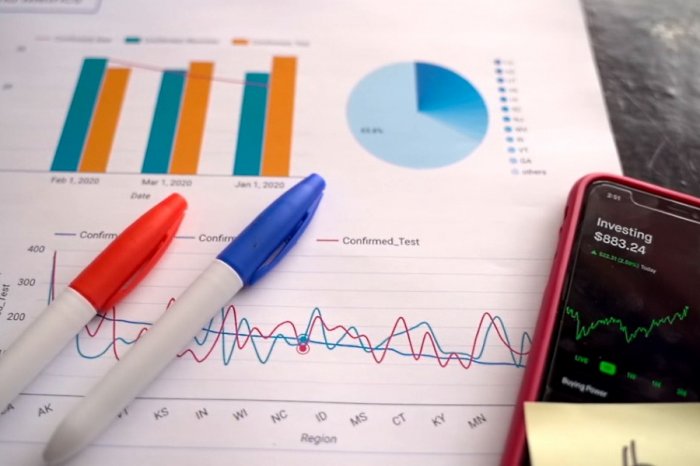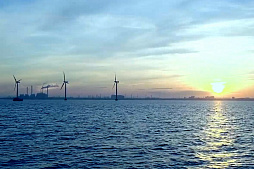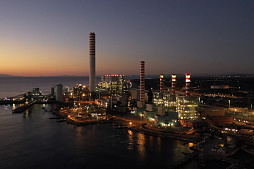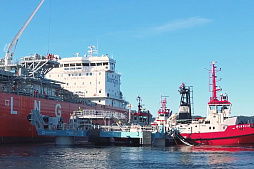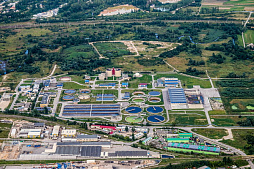After receiving the necessary documents (application form and project presentation), our team will try to review your request as soon as possible, and leading experts will offer the best options for project funding.
This provides huge benefits for communities using reclaimed water for agricultural and technical needs.
However, each new project must be carefully planned, as increasingly stringent environmental regulations and the high cost of capital make mistakes extremely costly for sponsors and investors.
A high-quality financial model of the water treatment plant is the basis for the future success of the project, allowing the financial team to predict its response to changing conditions.
Professional financial modeling services offered by leading consulting firms help project participants to choose the most suitable sources of financing in the context of current investment needs.
ESFC Investment Group has brought together an international team of experienced professionals in project finance, financial modeling and project management to provide large companies with a full range of services for the implementation of environmental projects from A to Z.
We are also ready to offer investment financing for water treatment projects in the amount of 50 million euros and more for a period of more than 10 years.
We operate in North America, EU, Middle East, Asia and Latin America etc.
Contact us to find out more.
The concept of financial modeling in water treatment plant projects
The financial model refers to a model of interrelated financial parameters that ensure the achievement of the project's goals.A high-quality financial model, on the one hand, expands the idea of the company's future financial results and its success in the market.
On the other hand, it allows the financial team to better control many factors that affect the development of the project. In water treatment projects, this is an extremely important element, since the initiators of the construction of such facilities must take into account numerous legal regulations, social requirements, trends and financial constraints.
The search for opportunities for effective analysis of uncertain situations related to the adoption of investment decisions and the choice of appropriate financial instruments leads to an improvement in the results of financial modeling. The importance of the financial model as part of the business case for a water treatment plant project has changed significantly in recent years. It has become one of the determining factors for the success of a project presentation to a lender or investor.
Financial modeling becomes especially important when the availability of capital shrinks and the cost of external financing rises in many sectors.
It is also extremely useful in increasing the risks of losing business liquidity.
The main purpose of financial modeling is to forecast the project's cash flow and evaluate its financial efficiency under threshold values of key input parameters. An adequate financial model is a very important tool in the process of financial evaluation of a water treatment plant project.
It serves several purposes, listed in the table below.
| Financial modeling goals before the development of financial documentation | Financial modeling goals after the development of financial documentation |
| Initial assessment and subsequent reassessment of the financial aspects of the project and its income at different stages. | Using the model as a universal tool for project budgeting. |
| Development of contract structure and formulation of financial clauses of project contracts. | Development of a list of initial assumptions for decision making by lenders when considering changing the long-term prospects of a water treatment plant project. |
| Structuring financial schemes and considering the economic benefits received by investors in various terms. | |
| Verification of participants in contractual relations, which is carried out by lenders (banks). | |
| Identification of critical issues in the funding negotiation process. | |
| Creation of the basic version of the project. |
The financial model of a large investment project provides the solution of the following tasks:
• Simulate the cash flows of planned activities and evaluate the company's financial health.
• Determination of investment directions and sources of financing for the project (enterprise).
• Calculation of the main project performance indicators.
• Preparing forecast reports for various types of accounting.
• Development of a basis for risk analysis and building a company's risk management system.
• Ensuring continuous analytical work in order to quickly adjust and recalculate possible project options and business development scenarios.
• Save time by avoiding consideration of unacceptable investment options and making quick decisions to terminate unpromising projects.
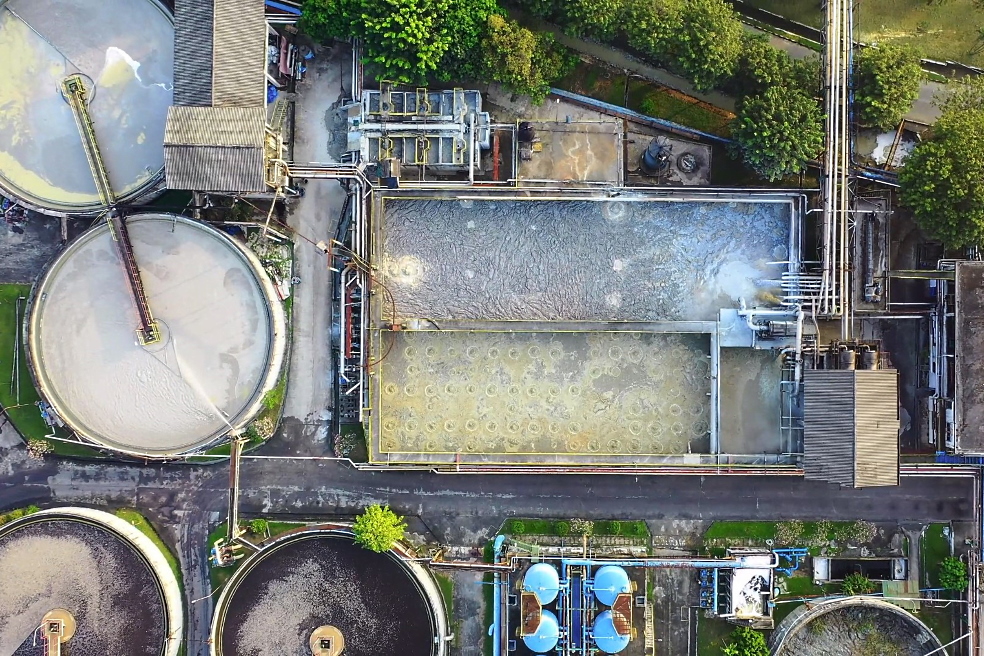
Financial modeling seems to be especially effective for solving labor-intensive tasks that require extensive practical experience of the financial team.
This includes the following:
• Evaluation of investment projects, development and revision of the investment program.
• Determination of optimal options for financing the project, its scope and financial structure.
• Setting up a regular business planning and investment decision-making process.
• Modeling and evaluation of various scenarios for further business development.
• Assessment and risk management of an investment project.
• Forecasting cash flows and financial health dynamics.
• Carrying out financial calculations of the business plan.
Before embarking on financial modeling of a water treatment plant project, there are a number of guidelines that should be considered to improve the modeling process.
These recommendations are listed in the table below.
| Recommendations | Brief description |
| Standardization | Since financial calculations are similar for most types of business, modeling should use ready-made universal modules that reflect the same processes for most projects. |
| Flexibility | The formulas or relationships used in the financial model should be adjusted depending on changes in external and internal environment (for example, accounting policy, legislation, etc.) |
| Automation | Financial models use automated calculation tools that significantly reduce the time spent by the finance team creating large datasets. |
| Clarity | The finance team should keep in mind that the model will be used and viewed by other users. In financial modeling, it is recommended to use standard, clear and understandable techniques and methods. |
| Legitimacy | In financial modeling practice, it is important to adhere to compliance with current legislation, as well as accounting and reporting methods adopted in national or international practice. |
Financial model can be used in five areas, including project costs and financing structure, operating income and expenses, debt service, taxation and accounting.
These assumptions are actively used to calculate project cash flow projections, which in turn form the basis for calculating investor returns and debt coverage ratios for lenders.
Building a financial model in the preparation of investment projects
The process of building a financial model for a large investment project can be conditionally divided into 11 stages.These steps apply to water treatment plant construction and modernization projects as capital intensive investments with high technical complexity and environmental risk.
The first stage is preparatory. Before starting modeling, the financial team needs to carefully study the essence of the business processes of an environmental project. The input data (main financial parameters) of the model, the scale and level of detail of the modeling should also be defined.
The second stage is the systematization and organization of the initial data. For more convenient use of the financial model, all initial data should be grouped in a separate table or block, and financial model calculations should be linked to initial data through appropriate formulas. Systematization of the financial parameters of the water treatment plant model creates additional convenience for users: they do not have to look through a complex multi-level structure in search of the necessary parameters for their adjustment.
The third stage is business process modeling. At this stage, the main business processes and cash flows of the investment project are modeled.
It is important that the relationships and calculations displayed in the model correspond exactly to the business processes that will occur in real world.
The fourth stage is the calculation of capital costs and accounting for fixed assets and intangible assets.
The model should describe in detail the capital costs of the project, since they usually receive the lion's share of the funds raised. When calculating capital costs, it is also necessary to take into account the periods of investment until the moment when the assets are put on the balance sheet of the water treatment plant and begin to be depreciated.
The fifth stage is the calculation of operating costs. Typically, these costs are projected based on industry standards and industry statistics. These calculations do not seem obvious, and their correctness largely depends on the professional experience of the finance team.

The sixth stage is the calculation of taxes and fees.
The calculation of the necessary taxes and fees is carried out in accordance with national legislation.
For this part, the finance team can successfully use standard formulas and modules integrated into the software used.
The seventh stage is the calculation of the real need for project financing. After describing all the cash flows of the project, it is necessary to calculate the need for external financing. The volume of attracted funds should provide a positive balance throughout the entire planning period.
The eighth stage is the development of the financial statements of the project. The main part of the source data is taken, as a rule, from the financial statements of the enterprise. In addition, users should be able to compare the results of financial modeling with actual results, which means that the format for presenting the results should be consistent with standard reporting forms.
The ninth stage is the calculation of project performance indicators. The final stage of modeling is the calculation of IRR, NPV, payback period and other parameters as the main indicators of project efficiency. On separate spreadsheets, financial consultants can calculate the effectiveness of participation in a particular project for the initiator and for the investor.
The tenth stage is sensitivity analysis. At this stage, a sensitivity analysis of project performance indicators to changes in the main parameters should be carried out.
The last stage is the presentation of the final indicators. At the end of financial modeling, it is necessary to present the final indicators in a visual form (graphs and diagrams). It is also important to link the initial data and final indicators of the financial model with the content of the business plan or presentation, if one is being prepared for potential investors.
In the practice of investment analysis, various methods are used to build a financial model of an investment project. Since a water treatment plant project is usually a small part of a large branched business, the margin analysis method is considered one of the most applicable for such projects.
Margin analysis is based on the assessment of changes that a specific project makes to the company's performance indicators.
The goal of many investment projects, including environmental facilities, is to reduce emissions and minimize environmental fines, which ultimately affects the company income (if we are talking about wastewater treatment for large industrial enterprises).
The disadvantage of the method is that it does not allow assessing the financial stability of the company implementing the particular project. The complexity of this method lies in the fact that it is necessary to correctly highlight all the changes that the project makes to the company's activities, including changes related to the calculation and payment of taxes. Project performance indicators calculated by the margin method characterize the company's effects arising from the project implementation and can be used to form cash flows and project performance indicators.
The main advantage of the method is the relative simplicity of preparing the initial data.
The main source of information for project evaluation is a pool of purely “technical” parameters expressed in the final results (wastewater flow rate, sedimentation efficiency, safety improvement, etc.).
We are talking about the parameters that characterize the production process, as well as their comparison with additional investments, for example, the costs of purchasing new equipment and installing it.
This method allows the financial team to generate a net cash flow (NCF) forecast, which serves as the basis for calculating such widely used investment performance indicators as project net present value (NPV), internal rate of return (IRR), etc. Margin analysis can be used for projects that are characterized by an increase in technical parameters and do not require an assessment of the financial stability of the company, including industry programs to improve reliability.
Choosing financial sources for water treatment plants
The main source of financing the construction and modernization of large facilities in the environmental sector is the internal financial resources of companies.Their large share among financial sources can be explained by a vague and complex process of attracting financial resources, especially in developing countries (unfavorable investment climate, underdeveloped financial market, etc.). The right choice of sources, schemes and methods of project financing based on a high-quality financial model plays a critical role in the future success of the project.
Self-financing of construction of water treatment plants for large industrial facilities can be carried out at own expense with the use of net profit and depreciation deductions.
At the same time, the internal financial resources of a business usually cannot be fully used to finance large projects, as part of the net profit is directed to the growth of working capital, payment of dividends and so on.
This practice causes many structural, financial and technological obstacles in running a modern business. Therefore, most companies are actively raising funds from external sources, including long-term investment loans from commercial banks.
In addition, in a crisis, many industrial enterprises are operating at a loss or are acutely short of financial resources to support investment activities. However, strict environmental legislation requires increasing investment in wastewater treatment.
Therefore, companies seek to attract borrowed financial resources through long-term lending, including through the use of project finance mechanisms (PF).
External sources of funding for water treatment plant projects can be funds from state and local budgets, as well as funds from investors. Public funds and subsidies often fund targeted integrated programs that are of particular importance to the environment. Government financing of modernization projects can take the form of interest-free or soft loans.

Businesses may have different alternatives to raising capital.
For some companies it is advisable to use internal sources of funding, for others it is better to use external ones.
An important source is the financial resources of enterprises formed as a result of asset restructuring.
One of the main tasks of attracting investment in environmental projects is to justify decisions on the optimal forms of financing. In this regard, companies are often faced with the need to make decisions about choosing the best alternatives.
The financial model provides objective information, helps to assess the benefits of each of the financial alternatives and predict future results.
Table: Some features of equity and debt capital for financing water treatment plant projects.
| Criteria | Equity capital | Borrowed capital |
| Responsibility of capital provider | Full responsibility | Lender status |
| Participation in business management | Usually full participation | Limited or no participation |
| Participation in the distribution of profits | Participation in proportion to the share of capital | Lenders do not participate in the distribution of profits |
| Term of use of funds | Unlimited term | The term is limited by the agreement |
| Collateral | Not required | Frequently used |
| Tax burden | The real cost of capital is calculated from the profit left after taxes | Loan interest is considered a gross expense, which reduces tax burden |
| Priority of debt repayment in case of bankruptcy | Low priority | High priority, depending on the level of the lender |
In deciding on the sources of project financing, it is important to take into account the criteria, advantages and disadvantages of raising loan capital and equity, external and internal sources of financing.
From the point of view of the project initiator, equity is less risky compared to borrowed capital.
For lenders, on the other hand, being a lender is less risky than being an owner, due to the peculiarities of bankruptcy law and some other factors.
If you are interested in financial modeling services, please contact ESFC Investment Group for details.
Our company offers long-term financing of water treatment facilities, project finance (PF) services, loan guarantees, project management, engineering services and much more.






